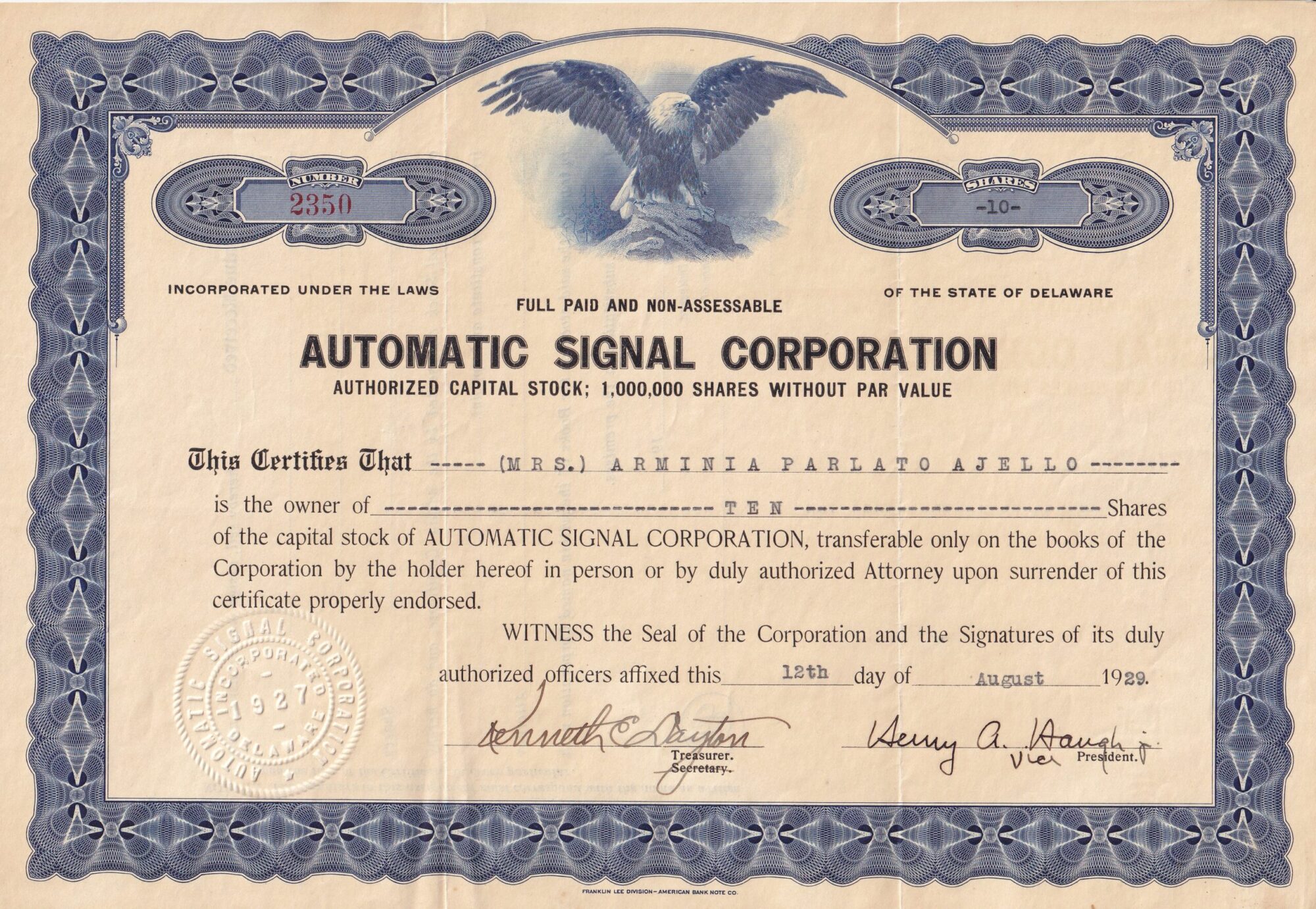It was recently noted that the velocity of money and money supply have not been this low since 1932 when Great Depression unemployment was 23%, GDP growth was -13% and the annual inflation rate was -11% along with 1700 banks failing. The current situation appears to be much different according to the U.S. Bureau of Labor Statistics showing an unemployment rate of 3.7%, inflation rate of 5.3% as of May 2023, along with three bank failures in the first half of 2023, including First Republic Bank, Signature Bank, and Silicon Valley Bank.
A review of Federal Funds Effective Rate hikes since 2009 shows the current economic situation will change dramatically over the next three years based on the +4.86% change in the Fed Funds rate since March 2022. The Velocity of M2 Money Stock is expected to continue its decline, as it did between Q3 2006 and Q3 2009. This will include a prolonged decline in the Dow, S&P500 and NASDAQ along with a recession at best between 2023 and 2026.
January 1999 (4.63%) to July 2000 (6.54%) = +1.91%
June 2004(1.03%) to August 2006 (5.25%) = +4.22 %
December 2015 (0.24%) to April 2019 (2.42) = +2.18%
March 2022 (0.20) to May 2023 (5.06) = +4.86%
References:
Velocity of Money: Definition, Formula, and Examples
Money Supply Growth Falls to Depression-Era Levels for Second Month in April
Timeline of the Great Depression
Federal Reserve Bank of Richmond Economic Review; M2 and Monetary Policy September /October 1989, Robert L Hetzel, page 15.
Bank Failures in Brief – 2023



